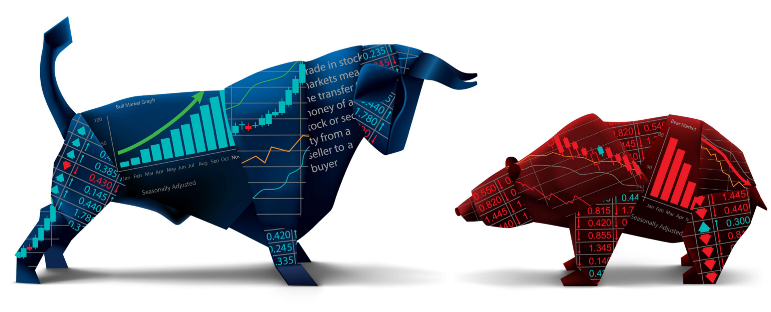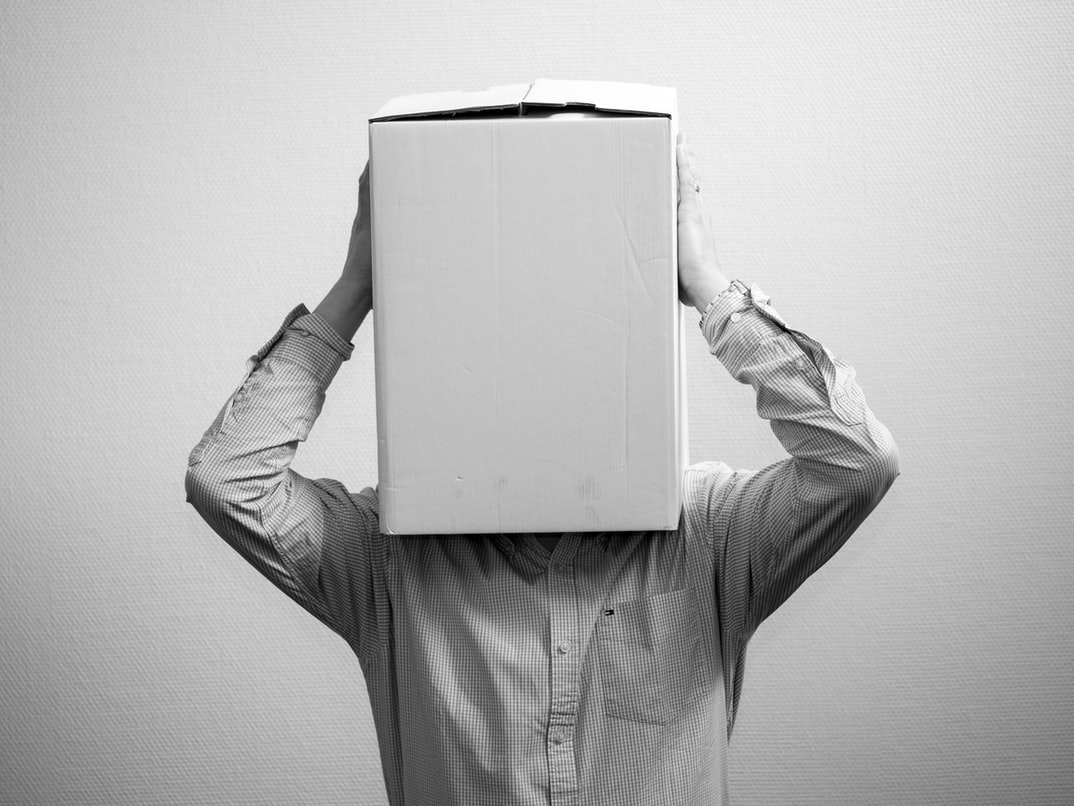Is the US recovery about to stall?
“When the US sneezes the world catches a cold.” Most of us have heard that expression, meaning that the US economy is the principal driver of global trade and economic growth.
Clearly China in particular and the Far East in general may now dispute that claim, but the fact remains that what happens in the US does impact growth and jobs around much of the world, especially in Europe.
So as the world recovers from the pandemic, should we be worried about conflicting economic indicators coming out of the US? Is the recovery there about to stall? Or is this just a minor bump in the road ahead?
To start with the bad news, consumer spending, the most significant component of US Gross Domestic Product (GDP), could be showing signs of slowing down. July retail sales which include both online and offline were down 1.1% on the previous month, led by a decline in car sales.
Hand in hand with this went a decline in consumer confidence, as US consumer confidence in August dropped to its lowest level since February. One US official commented, “Concerns about the Delta variant [and] rising gas and food prices resulted in a less favourable view of current economic conditions and short term growth prospects.” Or, as most people would say, US consumers were worried…
Most worryingly of all, perhaps, the private sector of the US economy added just 374,000 jobs in August, well below the expected figure of 613,000. There was, though, some good news coming out of the US. The manufacturing sector strengthened, largely driven by an increase in new orders. The Purchasing Managers’ Index rose from 59.5 in July to 59.9 in August. The housing sector remained strong, with one index measuring US house prices showing a 19.1% annual increase in June 2021.
…And remember those retail sales that fell in July? In August they were up, albeit by only 0.7%.
The simple fact is that the picture from the US, like so many countries, is mixed. Some sectors are doing well, some are doing badly and that is quite likely to change on a month-to-month basis. There are also other, external factors at work. Sales of cars and auto parts were down by 4.5% in August, but that was caused as much by a shortage of computer chips as it was by any unwillingness to buy on the part of the American consumer.
So is the US recovery about to stall? The simple answer is that the recovery from the pandemic will not be smooth. Different countries will recover at different rates and likewise different economic sectors within individual countries. The US is no different although, very clearly, what happens in the US will continue to affect other economies, especially those in the West.
We should also make one final, important point. This article was written in late September. All the figures were correct at the time of writing: clearly, in today’s fast-moving, interconnected world, they may have been updated by the time you read the article. Does that make the comments above invalid? Far from it, it simply emphasises that financial planning is a journey, and it underscores the importance of regular contact with our clients. Rest assured that we are always working on your behalf.


